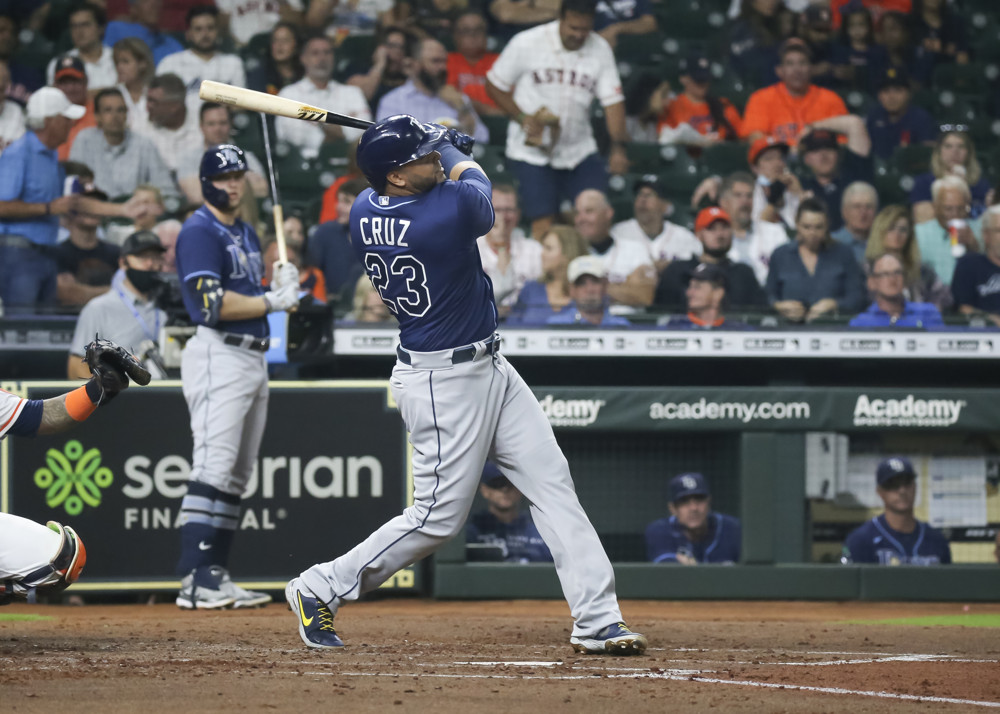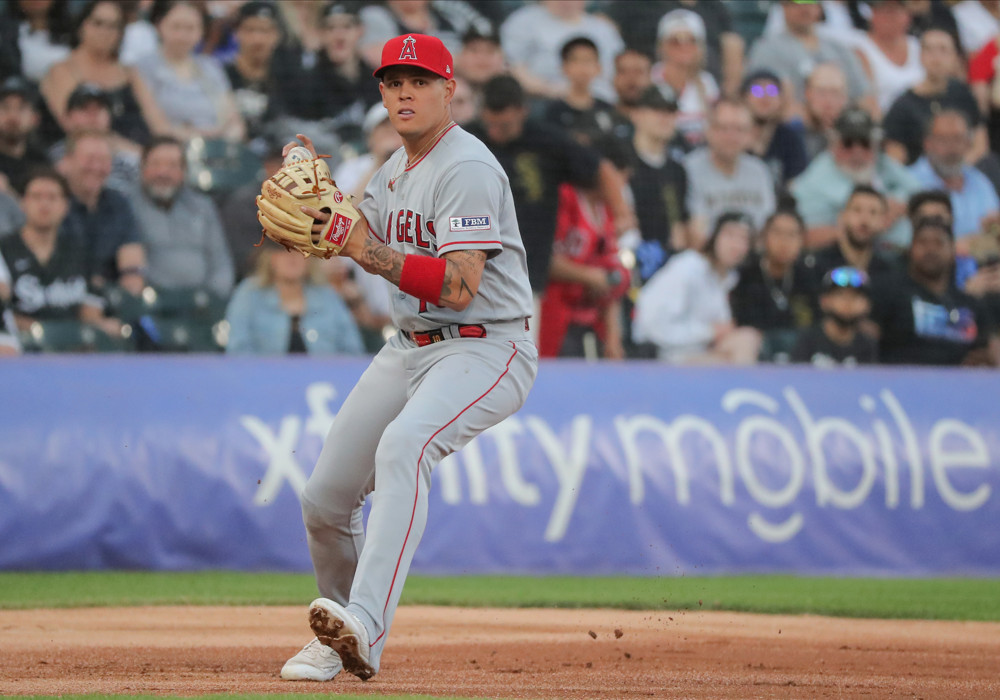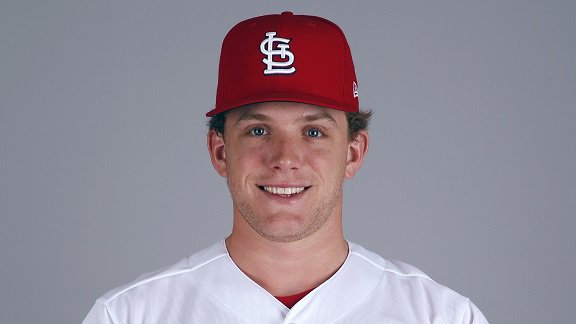By TED BAARDA
With Spring Training underway, baseball fans can look forward to enjoying more baseball in 2021 than we had in 2020. While MLB teams are ramping up, so are players in NPB and the KBO, Japan’s and South Korea’s top leagues respectively. NPB is starting up the earliest, on March 26, while the KBO is starting their season about a week later, on April 3.
Both leagues will also be taking a break from mid-June through early August to allow players to represent their countries in the Olympics, which should result in both Japan and South Korea fielding competitive teams in the event. In addition to fielding Olympians, both leagues feature players that have the upside to be future Major League contributors.
Here’s a look at some NPB pitchers to watch in the coming season. The NPB features three starters who, based on talent and not contractual minutia, could easily fit into a MLB rotation today if given the opportunity.
NPB teams tend to be deep with homegrown talent and use their foreign player slots to round out their rosters, so on the pitching side foreign players will hold bullpen roles or fit in at the back of the rotation. The top starters in this list are homegrown, and if they are all healthy come the Olympics, the Japanese team is set up to dominate the competition on home soil.
Starting Pitchers:
Tomoyuki Sugano (Yomiuri Giants): Since arriving at Yomiuri in 2013, Sugano has dominated the Central League and really has nothing left to prove at the NPB level. I wrote about Sugano a couple of months ago, and my opinion of him is still that he is the best pitcher in the world who has yet to appear in MLB.
While he did just sign a four year contract to stay with Yomiuri, the deal includes opt-outs after each season, meaning he can again try to come to North America next off-season without having a time crunch from the 30-day posting window. Sugano will also be able to stay in familiar surroundings during the pandemic, represent Japan at home for the Olympics and re-enter the market next year when conditions are hopefully more favorable.
Masahiro Tanaka (Rakuten Golden Eagles): Tanaka’s decision to return to Japan came as a surprise to many, as he is certainly still a capable MLB starter. While he signed a two-year deal, he may have an opt-out included as well.
His decision likely included accounting for similar factors as Sugano, such as: the pandemic, proximity to family, the ability to participate in the Olympics, and that next year’s free agent market will likely be better for the players. The two-year deal could also serve as insurance for Tanaka should labor negotiations between MLB and the Player’s Association stall out. It will be interesting to see how Tanaka adjusts his game moving back to Japan (he may have to adjust his splitter grip again), and it will be interesting to see how long it takes before he returns to the Majors again.
Kodai Senga (SoftBank Hawks): Senga, who recently turned 28, is the power pitcher of this group, with a big fastball that can push triple digits. He also features a nasty splitter, a cutter and a slider, per former colleague Will Hoefer. Senga is a power pitcher known for getting strikeouts, pushing close to a 30% strikeout rate in the last couple of years, though last year also featured a slight jump in BB% (from 10% in 2019 to 11% in 2020). Even with the occasional loss of location, he still produces results and makes up for the walks with his career 3-to-1 K-to-BB ratio.
Outside of Senga’s control, however, is his contract situation. He will not be eligible for domestic free agency until after this season, but more importantly he will not be eligible for international free agency until after 2022.
While he has a strong desire to come stateside (he requested to be posted for the fourth consecutive year), SoftBank refuses to utilize the posting system and keeps its players until free agency. The strategy does work for the team, as it has won six of the last seven Japan Series, but it is also certainly frustrating to their best players.
For now Senga is a player to watch, but with an eye on two years from now for him to actually make his move to North America.
Raul Alcantara (Hanshin Tigers): Alcantara can be considered the journeyman of this group, having made his debut in affiliated ball at 17 years old, with 46 1/3 innings for the Athletics spread over the 2016 and 2017 seasons.
While he limited walks and home runs in the minors, Alcantara was never a big strikeout pitcher, and at the big league level he was crushed for 2.7 HR/9 in his small sample of appearances, and again lacked strikeout stuff to put away big league hitters. He joined the KT Wiz of the KBO for the 2019 season and was his usual self with a 4.01 ERA, 14% K% (good for 5.2 K/9), and a miniscule 4% BB% (1.4 BB/9 and exactly 27 BB in 27 starts).
Following the 2019 season he signed with the Doosan Bears, who have had success with helping foreign pitchers get back to the Majors. Josh Lindblom’s three-year deal with Milwaukee opened up a spot in the Bears’ rotation for Alcantara, and his rotation-mate Chris Flexen signed a two-year deal with Seattle this off-season.
After joining the Bears, Alcantara started throwing more sliders, which he pairs with his mid 90s fastball to overpower KBO hitters, along with a change-up, splitter and curveball. The prioritization of the slider led to Alcantara’s strikeout rate jumping from 14% in 2019 to 23% in 2020 with his walk rate remaining virtually unchanged. Alcantara finished the 2020 season with a 20-2 record and 2.54 ERA, winning the Choi Dong-won award as the KBO’s best pitcher, and if he can build on his success in Japan a return to the Majors may not be far off.
Yoshinobu Yamamoto (Orix Buffaloes): Yamamoto is by far the youngest starter listed here at 22 years old. He features a deep repertoire, relying on a mid 90s fastball and a hard splitter as his go-to pitches, but also featuring a cut fastball, a big curveball and a slider.
The results have also been there for Yamamoto, with a 2.42 career ERA in the NPB while his strikeout rate climbed above 30% last season with a career high 10.6 K/9. He also keeps walks in check as his BB/9 has never been above 2.7. Yamamoto is also tough to square up, given that he locates, throws hard and gets good movement on his pitches. While hits allowed is generally a poor stat to use to evaluate a pitcher due to the many factors that can affect the number, it demonstrates the quality of Yamamoto’s stuff as his career H/9 in NPB is only 6.6, with a career low 5.8 last season. While he is a few years away from being considered for a MLB opportunity, he is definitely one to watch for in the future.
Swingman Pitchers:
Shintaro Fujinami (Hanshin Tigers): Even though he won’t turn 27 until April, Shintaro Fujinami’s career has had its share of ups and downs already. Fujinami debuted with Hanshin in 2013, the same year that Shohei Ohtani started his NPB career with Nippon-Ham, and prospect analysts were divided on who the better pitcher was.
Like Ohtani, Fujinami has a pitcher’s body (listed at 6’6 and 220 lbs) and features a fastball capable of hitting triple digits, a hard splitter, and a sweeping slider. After two strong seasons to start his career, Fujinami’s control started to waver.
After walking hitters at a 8.5% rate in his first two seasons his walk rate started to slowly increase in the subsequent years, and by 2017 he was no longer a fixture in the Tigers’ rotation. Fujinami still made some starts here and there, but with poor results. From 2017-2019 Fujinami started 25 games, combining to throw 134 1/3 innings of 4.69 ERA ball with an 18% strikeout rate and an ugly 16% walk rate.
Something seemed to click for Fujinami in 2020. His season started poorly, as he went 1-5 in 8 starts with 48 strikeouts, 26 walks and a 5.87 ERA in 46 innings before being moved to the bullpen. He shined in a relief role, making 13 appearances with a 2.35 ERA and adding 16 strikeouts against 6 walks in 15 1/3 innings. He ended the season with three starts, allowing only one unearned run while tallying 21 strikeouts and 8 walks in 15 innings.
While he showed signs of bouncing back, Fujinami needs to show more than just a month and a half of good performance to be considered a viable MLB arm in the future. He does have a power arm, but harnessing it and showing consistency is the key for him, whether he starts or comes out of the bullpen.
Yuki Matsui (Rakuten Golden Eagles): A 25-year-old lefty, Yuki Matsui is a nice mix of young and accomplished. Despite being tried as a starter a few times, including 2020, he has racked up 141 career saves, and four seasons of 30 or more. He was dominant in 2019, collecting 38 saves, 12 holds and posting a 1.94 ERA. He struck out a whopping 107 in 69 2/3 innings with a 39.5% strikeout rate. Rakuten tried him as a starter this season, and he went 3-3 with a 3.66 ERA over 10 starts before moving back to the bullpen.
In his 16 1/3 relief innings Matsui posted a 1.65 ERA with 25 strikeouts and 6 walks. While his fastball is straight and thrown in the low 90s, Matsui gets lots of swings and misses with both his splitter and slider, and he will also incorporate the occasional change of pace curveball. As a lefty with strikeout stuff, Matsui could find a home in a big league bullpen down the road.
Carter Stewart (SoftBank Hawks): Stewart’s is one of the more interesting amateur baseball stories in recent years. After being drafted No. 8 overall in the 2018 draft, Stewart was unable to reach a deal with the Atlanta Braves, with the team offering him less than full slot value due to an injury they uncovered.
Before the 2019 draft, when Stewart would have been eligible to be selected again, he signed a long-term deal with the Hawks which is said to guarantee him $7 million. Stewart only pitched in the Japanese minor leagues last season, and the results were fine for a 20-year-old, but it will be interesting to see how he adapts to Japanese professional baseball and how he performs against top competition.
Relief Pitchers:
Robert Suarez (Hanshin Tigers): I wrote a scouting report on Suarez earlier this off-season, and he is set to resume in his role as Hanshin’s closer this year. As noted in the earlier report, Suarez showed promise coming out of Mexico in 2015, but had Tommy John surgery and struggled to find his command post-surgery until last year. He was reportedly being considered for offers from MLB teams before re-signing with Hanshin, and another solid season for the Tigers will get him considered again next off-season.
Liván Moinelo (SoftBank Hawks): The left-handed Moinelo comes from Cuba, and it is easy to see why he is an intriguing talent. He throws a mid-90s fastball that he can locate above the zone and at the knees. He will mix in a big breaking curveball, a high-80s slider, and a changeup. Exclusively used as a reliever, Moinelo’s K/9 has steadily increased in each season, going from 9.1 in 2017 to 14.4 in 2020 and a 40% strikeout rate. Moinelo’s walk rates are slightly high, but he has maintained better than a 3-to-1 K-to-BB ratio in his last two seasons.
At only 25 years old Moinelo would certainly be of interest to MLB teams, and that the Cuban government previously stated that it would allow Moinelo to sign with MLB teams in the future, though the initial proposal of how player transfer would work was shot down by the US government. Cuban players do not need to defect from their homeland to sign with NPB teams, but they have had to take that route to join MLB teams in the past. Moinelo’s case is an interesting one to watch, from both a baseball and international relations perspective, and it could mark a significant change in how players move from Cuba to MLB.
Raidel Martinez (Chunichi Dragons): Martinez is another Cuban pitcher succeeding at the NPB level, like Livan Moinelo, though he is a right-hander in the Central League. Martinez has shown improvement each year, and he became Chunichi’s closer by the end of 2020, picking up 21 saves with a 1.13 ERA for the Dragons.
Martinez features a four pitch mix with a mid 90s fastball, a hard splitter, a changeup and a slider. Over the last two seasons, covering 80 2/3 innings, Martinez has a 30% strikeout rate and an 8% walk rate for the Dragons. At only 24, his situation is similar to Liván Moinelo’s, with stuff that could play in a MLB bullpen.



